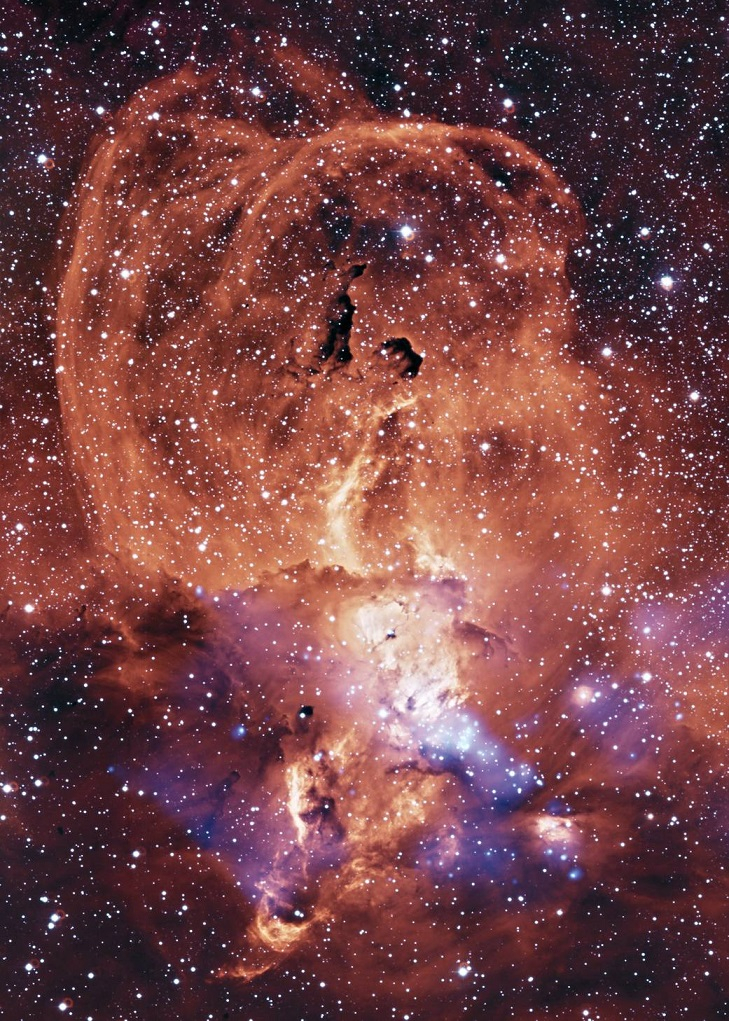The year 2019 was a momentous year for the National Aeronautics and Space Administration (NASA). From strides in its lunar and mars exploratory program, Artemis, to the discovery of new space phenomenon and objects, various developments with transformative future applications marked NASA's calendar.
However, the agency also carried out various missions and made discoveries that were aided in a better understanding of our solar system and beyond. The year began with NASA's New Horizons mission flying by the most distant object ever visited by a spacecraft. It made it the spacecraft to explore an object that carries the remains from the conception of our solar system directly.
Here are a few other highlights with regard to NASA's initiatives in understanding our solar system better:
- The Juno mission discovered a cyclone the size of Texas at Jupiter's south pole. It also had a narrow escape when a navigation maneuver saved the solar-powered spacecraft from freezing due to an eclipse.
- In a breakthrough that suggested that an alternative to DNA-based life was not impossible, scientists created a molecular DNA-like system through research funded by NASA.
- For a mission to scout location on Titan, Saturn's moon, for prebiotic chemical mechanisms common on Titan and Earth, a rotocraft-lander, known as the 'Dragonfly' was chosen.
- The first interstellar comet, 2I/Borisov, was discovered using NASA's Hubble Space Telescope. The telescope also helped in finding found water vapor on a habitable-zone exoplanet, K2-18b.

Dragonfly is a dual-quadcopter lander that would take advantage of the environment on Titan to fly to multiple locations, some hundreds of miles apart, to sample materials and determine surface composition to investigate Titan's organic chemistry and habitability, monitor atmospheric and surface conditions, image landforms to investigate geological processes, and perform seismic studies. NASA - The first-ever intimate observations of particle plumes flaring up on the surface of an asteroid—an asteroid known as Bennu—was made by the Origins Spectral Interpretation Resource Identification Security-Regolith Explorer (OSIRIS-Rex). It was also announced the mission will collect samples from the site on the asteroid and return to Earth in 2023.
- The first results from NASA's Parker Solar Probe mission were announced, and the agency launched the Ionospheric Connection Explorer (ICON) spacecraft, this year.
- NASA's James Webb Space Telescope saw many new advances. Its sunshield passed a critical evaluation and its two halves were assembled into one at the Northrop Grumman's facilities in Redondo Beach, California.
- In August, NASA confirmed the next step in the Europa Clipper spacecraft's mission. Through this decision, the mission can progress towards the completion of the final design. Following this, the construction and testing of the spacecraft in its entirety and payload will be undertaken.
- Chandra, NASA's 20-year-old powerful X-ray telescope, along with Neutron star Interior Composition Explorer (NICER), Nuclear Spectroscopic Telescope Array (NUSTAR), Fermi and Swift telescopes enabled the first direct imaging of a black hole. Three black holes that were on collision course came under Chandra's gaze.

Photo of NGC 3576 nebula taken by the Chandra X-ray Observatory. NASA/CXC/Penn State/L.Townsley et al - NASA's Transiting Exoplanet Survey Satellite (TESS) had a fruitful first year. It captured a panoramic view of the southern sky and found 1,000 potential candidates for the classification of a planet, and found 29 confirmed planets. A rare astrophysical event—a block hole ripping a star apart—was also captured by the satellite.
- Helium hydride, the first type of molecule to ever formed in the universe, was detected by the Stratospheric Observatory for Infrared Astronomy (SOFIA).
- In order to learn and develop a better understanding about the universes' evolution and aid in the search for the vital ingredients for life in our galaxy, the Spectro-Photometer for the History of the Universe, Epoch of Reionization and Ices Explorer (SPHEREx) mission was chosen.
- The Spectro-Photometer for the History of the Universe, Epoch of Reionization and Ices Explorer (SPHEREx) mission was selected to help us understand how our universe evolved and to search our galaxy for the ingredients for life.
- The agency cleared its Wide Field Infrared Survey Telescope (WFIRST) for its next phase of development: finalisation of the spacecraft's design.








